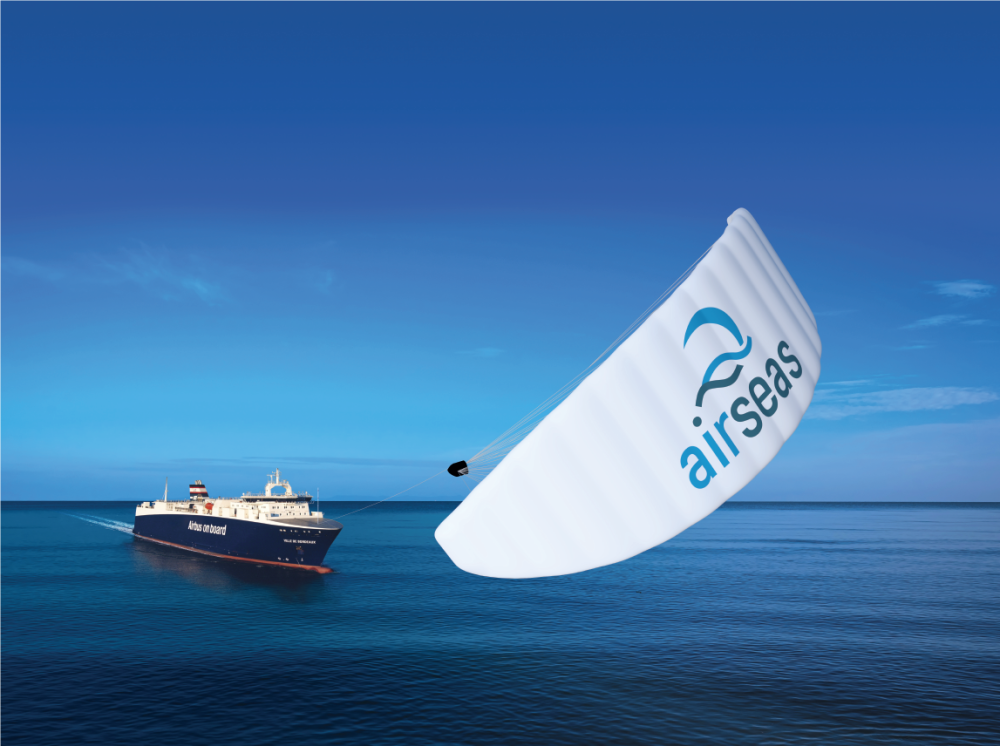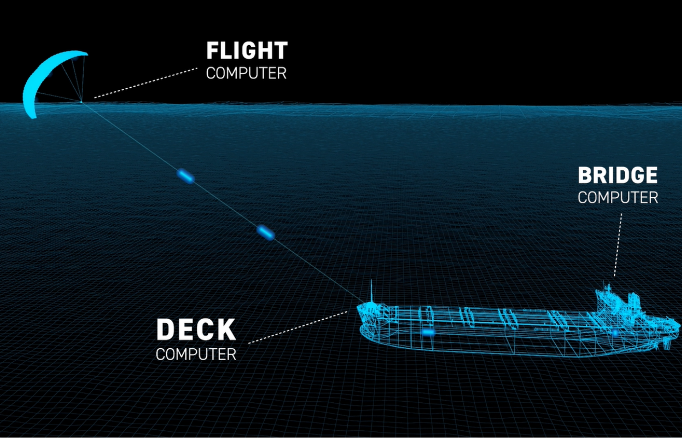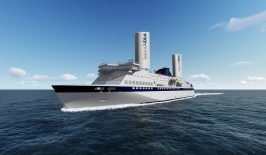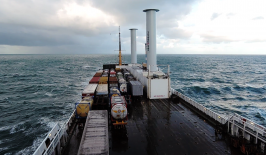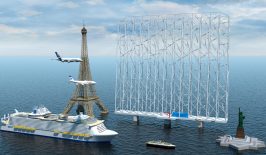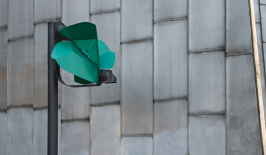The grand ‘Age of Sail’ may be over, but wind power and sail-based technologies could still play a role in the future of modern shipping and logistics. One French company, Airseas, has recently started trialling its version of shipborne kite power systems which could help drastically reduce the amount of fuel needed by ships of many shapes and sizes.
Airseas has developed the Seawing, a 1000-square-metre parafoil kite which can be easily and quickly attached to the bow of a ship. During periods of high winds, the parafoil can be released on the end of a 200-metre long tether, where it can fly in the consistently speedy and steady winds high above the water. However, the Seawing is not propelling the ship like a traditional sail, in fact it is instead providing power to a generator on deck.
Built into the Seawing is a software suite which precisely manages the movement and position of the parafoil in the air. Through both bridge-based software and controller pods built into the Seawing, the parafoil can be adjusted to fly figure eight movements through the air at speeds of up to 100 kilometres per hour. This movement is used to drive generators in the kite system which can then pass energy onto the ship, cutting down on the need for power generated by more traditional fuels.
But the concept also goes further than that. Airseas has also developed the EcoRouting software which can automatically plot the most efficient route for a vessel in terms of wind power. In theory, this means the power generated by the Seawing can be maximised without any delay to a ship’s schedule. The use of such ‘digital twin’ software provides solid simulations from which estimations of power generation can be developed. Airseas claims it often follows up on its simulations with real-world tests to confirm their accuracy.
Airseas suggests their Seawing technology can provide around 10 to 40 percent of a ship’s power needs, greatly reducing their dependence on fossil and other fuels. Furthermore, the package itself has a ‘one-size-fits-all’ approach. Any Seawing could theoretically be attached to any container ship. Its installation takes around two days and can be easily conducted during routine docking, while its positioning, size and operation means it does not get in the way of loading or unloading cargo.
The use of kite technology for power generation is not entirely new, and has previously been developed by companies such as Skysails. Currently, most projects are land or offshore-based concepts with some using pairs of kites in tandem. Airseas claims their maritime approach can generate 10 times more power than previous land-based kites. To further test their design, Airseas has recently embarked on trails with a half-size prototype of the final product.
A New ‘Age of Sail?’
Proponents of kite technology suggest it could have several advantages over other methods of wind power generation. Currently, many states are expanding onshore and offshore traditional wind turbines, however these come with a degree of drawbacks. They are subject to highly variable weather conditions, meaning an increase in capacity does not always result in a relative increase in power. They are also expensive to construct and require vast amounts of steel and composite materials, as well as extensive foundations. They also have limits and in periods of extreme high winds, turbines must be shut down to prevent damage.
Meanwhile, kite generators are much smaller and easier to produce and position. They can be carried by a single flatbed truck – perhaps making them ideal for disaster relief – and their long cables enable them to catch the more consistent winds at higher altitude. They can also survive in much harsher conditions, with some kits being able to withstand hurricane conditions. In theory, this should make them less variable than lower altitude land-based turbines. They are also considerably cheaper, and if the system does break, all that is lost is a relatively inexpensive cable and kite. Some models even allow the kites to fly themselves back to earth in such an eventuality.
Given these benefits, it is perhaps not surprising to see wind power returning to the world of global maritime commerce. Although shipping only accounts for around 2.5 percent of the EU’s carbon emissions, it is one of the fastest growing sectors and pressure has been building to decarbonise the industry. In some cases this could mean using alternative fuels, such as biofuel, while other wind-based turbine systems have also been experimented with. Some studies suggest that even minor reductions in speed could result in large fuel savings. Of course, for time conscious logistic companies this is a less than ideal solution, with that small drop in speed compounding into lengthy delays over large routes. However, wind power concepts, such the Seawing, can perhaps provide similar big reductions without needing to slow down at all.
